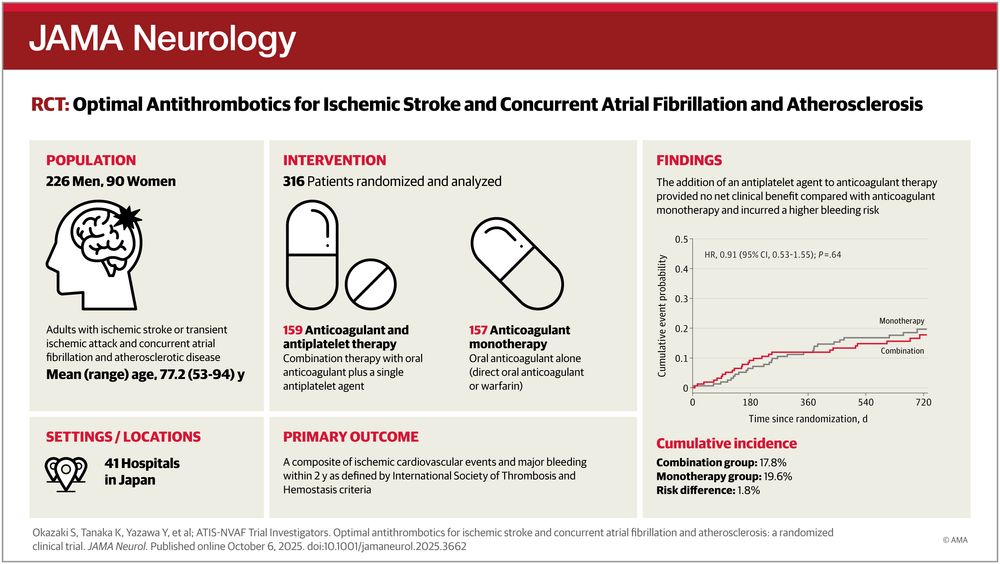JAMA Neurology
@jamaneurology.com
76 followers
94 following
30 posts
JAMA Neurology is a member of the JAMA Network, a consortium of peer-reviewed, general medical and specialty publications.
🌐 JAMANeurology.com
Posts
Media
Videos
Starter Packs

























